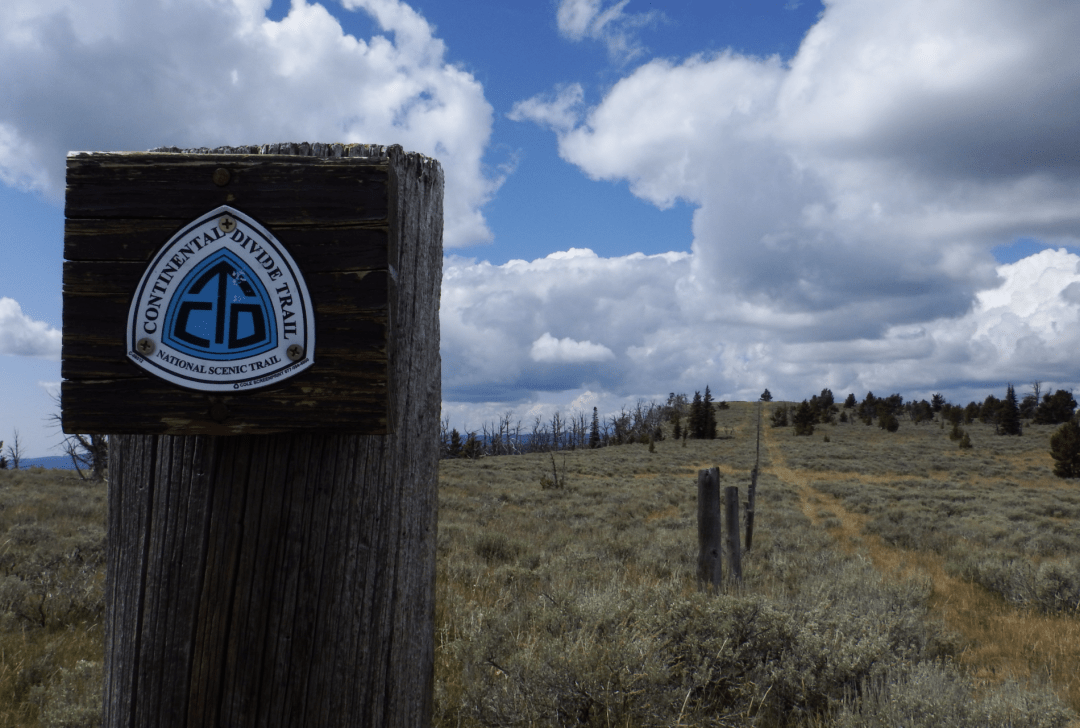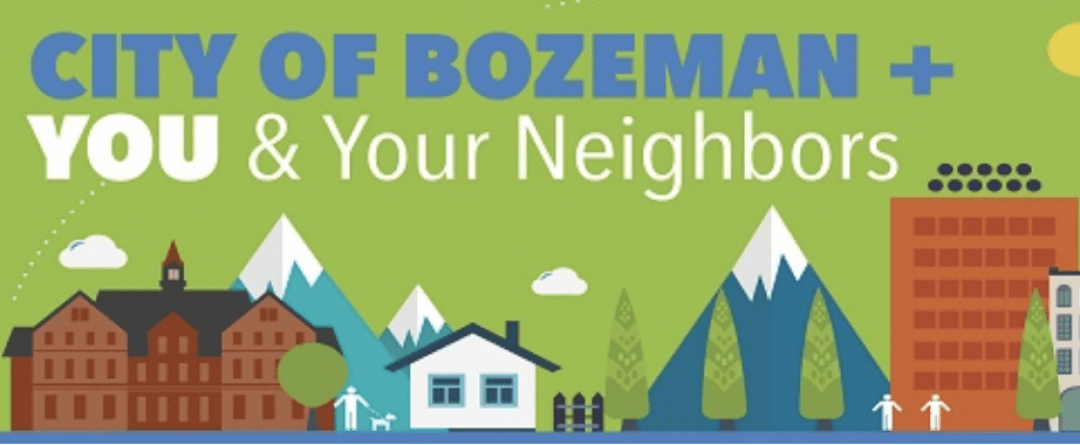Red Tractor Pizza, working with community partners, is proud to announce Bozeman’s first crowd-sourced public mural. Not only will the project be financed by crowdfunding, but community members are invited to participate in the actual painting as well. The campaign’s primary partner is Gallatin Valley Farm to School, a nonprofit dedicated to cultivating healthy kids, vibrant farms, and strong communities. The Local Crowd Bozeman, a localized crowdfunding platform, will host the fundraising campaign. The campaign was launched with a generous contribution from the Bank of Bozeman.
“Educating children at an early age about the importance of local, sustainable, more nutritious food in my opinion is the most important battle to fight. That’s why I chose food as my fight and that’s what this mural will help me do: fight my food battle by raising awareness! Not to mention all the kids it will reach facing Bozeman High School,” said Adam Paccione, owner of Red Tractor Pizza.
The campaign has a goal of $5,200 and will run for three weeks, kicking off on Monday, September 17 and concluding on Monday, October 8. That budget accounts for materials like paint and paintbrushes, as well as labor and specialized tools like a scissor lift. Any money raised above the original goal will be donated to Gallatin Valley Farm to School. After the campaign comes to an end, there will be a community party to celebrate the new mural, with pizza, drinks, and live music. Contributors will also have the opportunity to paint certain parts of the mural and add their handprints and signatures.
The mural is an investment in Bozeman, the health of its youth, and the organizations fighting to keep our children healthy. Bozeman has provided so much for so many people, and there are too many wonderful stories to list here. To make sure that the next generation is able to live a happy, healthy life, we need to make sure that the very food children eat, food grown right here in Bozeman, has its time in the spotlight. The success of this campaign depends upon the community to paint the mural and declare confidently that the entire Bozeman community stands behind local food and our children.

The mural was designed by local artist Catalin Corrigan, who evoked a fun and playful art style to convey the importance of local, sustainable food. The mural design is meant to appeal to anyone, from the dedicated farmer to the casual tourist. Its prominent place facing Main Street will reach the maximum number of people, reinforcing the message that sustainable produce is key to Bozeman’s continued prosperity.
“I wanted to create a mural design that was fun and exciting for families, that celebrates the importance of locally sourced and sustainable foods,” said Catalin Corrigan.
“At every point in this process, we’ve looked for ways to include the community,” said Adam Paccione.
The Red Tractor Mural represents the first crowd-funded, community painted mural in Bozeman. This is a brand new approach to beautifying the city and could prove successful in future efforts to add to Bozeman’s public artistic wealth.
Gallatin Valley Farm to School cultivates healthy kids, vibrant farms and strong communities by connecting schools and local producers here in the Gallatin Valley. Through these connections, the program will realize many goals, including: supporting healthy, fresh, scratch made, local meals in school cafeterias; improving student nutrition and providing meaningful health, nutrition and agriculture education.
Parent, nutritional professional and long term Bozeman resident, Sam Blomquist, Executive Director for Gallatin Valley Farm to School, is deeply committed to the mission of the organization she leads. “It’s preventative health, food system reform and community economic development – all in one tidy package.” she says. “And, the meaningfulness and generosity Red Tractor Pizza has put into this mural campaign is a testament to the collective benefit of all of us working together. We’re thrilled to part of this project.”
Community partners include: Red Tractor Pizza, Gallatin Valley Farm to School, The Local Crowd Bozeman
To contribute to the Farm to School Mural campaign, and to see some of the other great projects funded by The Local Crowd Bozeman, click HERE or go to https://thelocalcrowd.com/communities/bozeman/.









News Comments
Thank you
Open Auditions for Annie
Monday, Sep. 16, 2024
I’m at the Bozeman airport where your painting, “Blowing East” is displayed. It’s absolutely gorgeous! Bravo, Marci!!
The Artists’ Gallery in Bozeman’s Emerson Cultural Center May Exhibits
Sunday, Jun. 30, 2024
This is so typical of a sign in, which we should not have to do to check if we or some one in our party got a permit. I have been working or "creating an account" for 30 minutes and just get the same ...
Smith River permit drawing results available
Sunday, Mar. 10, 2024
I have struggled with this podcast and my own participation therein, the event itself obviously traumatic, but beyond that my inability to reach anyone and convey anything resembling truth. The person ...
Billings, MT Case Becomes True Crime Podcast | 'An Absurd Result'
Marktokarski
Saturday, Jan. 20, 2024